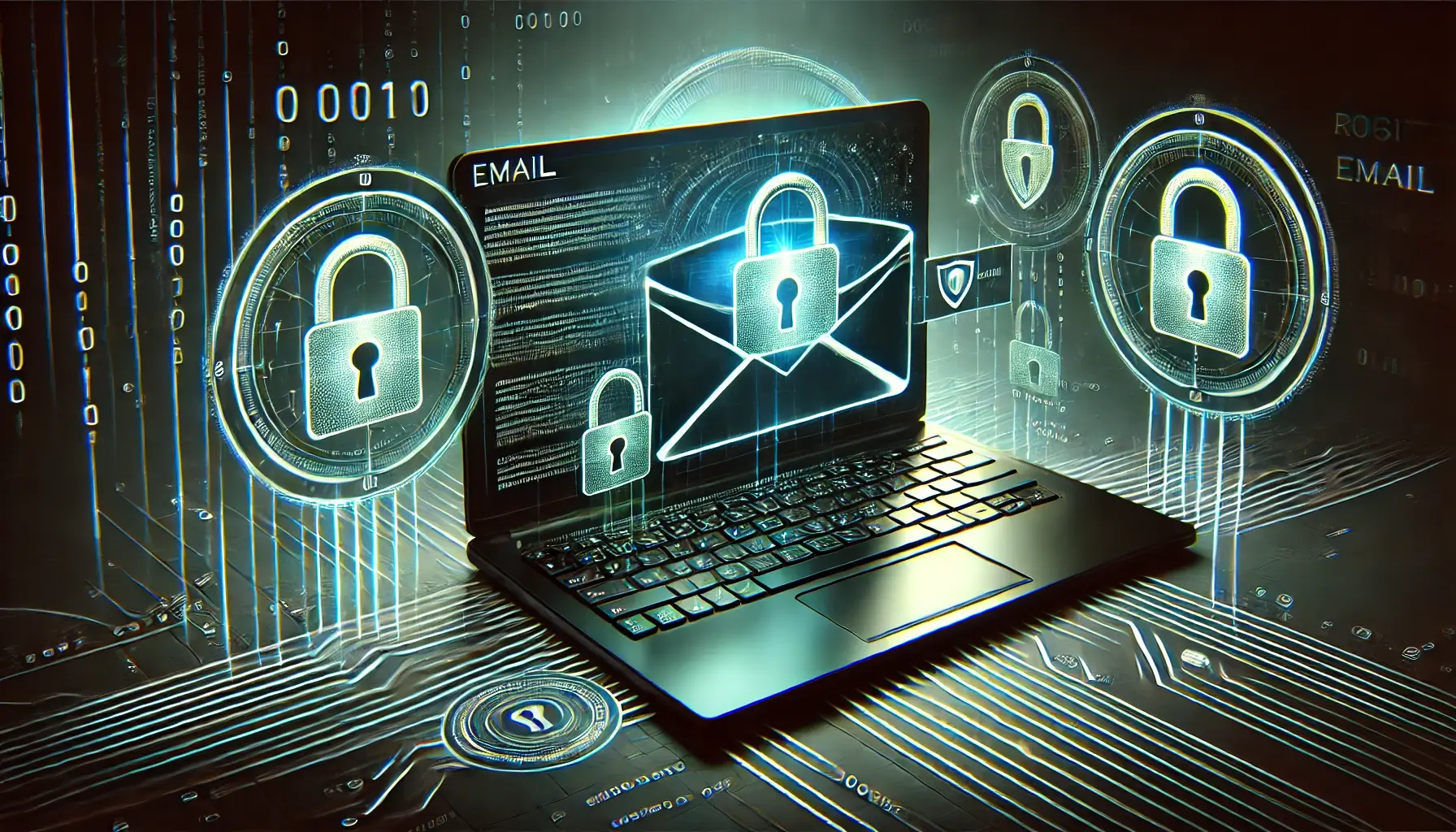Gmail has become the go-to email service provider for billions of users worldwide, but many wonder: is Gmail to Gmail encrypted? The short answer is yes – Gmail does encrypt emails between Gmail accounts, but the level of encryption and security features available depends on several factors. In this comprehensive guide, we’ll explore how Gmail protects your email communications and what you can do to enhance your email security.
Understanding Gmail’s Built-in Encryption
When you send and receive email through Gmail, Google uses Transport Layer Security (TLS) as its standard encryption method. TLS provides a fundamental layer of security that protects your Gmail messages during transit between email servers.
How Gmail to Gmail Encryption Works
When you’re sending an email from one Gmail account to another, the process is automatically secured through TLS encryption. This means your email is converted into ciphertext while in transit, making it difficult for hackers to intercept and read your messages. However, it’s important to understand that this standard encryption has certain limitations.
The Role of Transport Layer Security (TLS)
Transport Layer Security does a pretty good job of protecting your emails during transmission, but there’s more to the story. Here’s what you need to know about TLS:
- It encrypts emails while they travel between email servers
- Gmail uses TLS by default for all communications
- You can see the level of encryption by looking for the lock icon in your Gmail inbox
- TLS is definitely effective against basic interception attempts
Enhanced Encryption Options for Gmail
While basic TLS encryption provides decent protection, Google offers several enhanced encryption features for users who need to send sensitive information or require additional security.
Gmail Confidential Mode
Gmail confidential mode adds an extra layer of security to your emails. When using this feature:
- Recipients need to enter an SMS passcode to access the email
- You can set expiration dates for confidential email
- The recipient of the email cannot forward, copy, or download the content
- It’s available for both free Gmail accounts and Google Workspace accounts
End-to-End Encryption Options
For those requiring maximum security, end-to-end encryption ensures that only the intended recipient can read your messages. Here are the primary methods:
S/MIME for Google Workspace
S/MIME provides enhanced encryption through user-specific keys, but it’s only available for:
- Google Workspace accounts
- Education accounts
- Enterprise or paid accounts
Third-Party Encryption Tools
Several third-party services offer additional encryption options:
- Virtru: A popular Chrome extension for encrypting emails and attachments
- Mailvelope: Implements Pretty Good Privacy (PGP) encryption
- FlowCrypt: Offers simple PGP integration with Gmail
Protecting Your Email: Best Practices
To ensure your Gmail emails remain secure, follow these essential security practices:
Basic Security Measures
- Use a strong password for your Gmail account
- Enable two-factor authentication
- Regularly monitor your Gmail inbox for suspicious activity
- Be cautious when accessing Gmail on a mobile device or public computer
Advanced Security Features
Google Workspace accounts have access to additional security features that help protect against:
- Data breaches
- Unauthorized access
- Sending an unencrypted email accidentally
- Compromised email server security
When Is Gmail to Gmail Encryption Not Enough?
Despite Gmail’s security features, there are situations where standard encryption might not provide adequate protection:
Limitations of Basic Gmail Encryption
- TLS encryption only works if both sender and recipient use email services that support it
- Emails are still vulnerable to access by Google administrators
- Stored emails on Google’s servers are not encrypted by default
- Basic encryption may not meet regulatory requirements for certain industries
When to Use Additional Encryption
Consider using enhanced encryption when:
- Sending highly sensitive information
- Dealing with confidential business data
- Communicating private personal details
- Meeting specific compliance requirements
Gmail Encryption FAQs
Q: Are Gmail emails encrypted by default? A: Yes, Gmail uses TLS encryption by default for emails in transit, but this doesn’t provide end-to-end encryption.
Q: Can hackers read my Gmail messages? A: While Gmail’s encryption makes it difficult for hackers to intercept messages, no system is completely secure. Using additional security features helps protect against unauthorized access.
Q: Does encrypting your emails cost extra? A: Basic TLS encryption is free, but some enhanced encryption features require a Google Workspace account or third-party services.
Read also: Will ISP know I’m using VPN?
Conclusion: Is Gmail to Gmail Encrypted Enough?
Gmail does encrypt emails between Gmail accounts using TLS, providing a solid foundation for email security. For most users, this level of encryption, combined with Gmail’s built-in security features, offers adequate protection for routine communication. However, if you regularly send sensitive information or require maximum security, consider implementing additional encryption methods through Google Workspace or third-party tools.
Remember that email security is an ongoing process, not a one-time setup. Regularly review your security settings, stay informed about new security features, and adjust your practices based on your specific needs. While Gmail uses robust encryption methods, the most secure approach combines technical solutions with smart user practices.
IT Security / Cyber Security Experts.
Technology Enthusiasm.
Love to read, test and write about IT, Cyber Security and Technology.
The Geek coming from the things I love and how I look.

